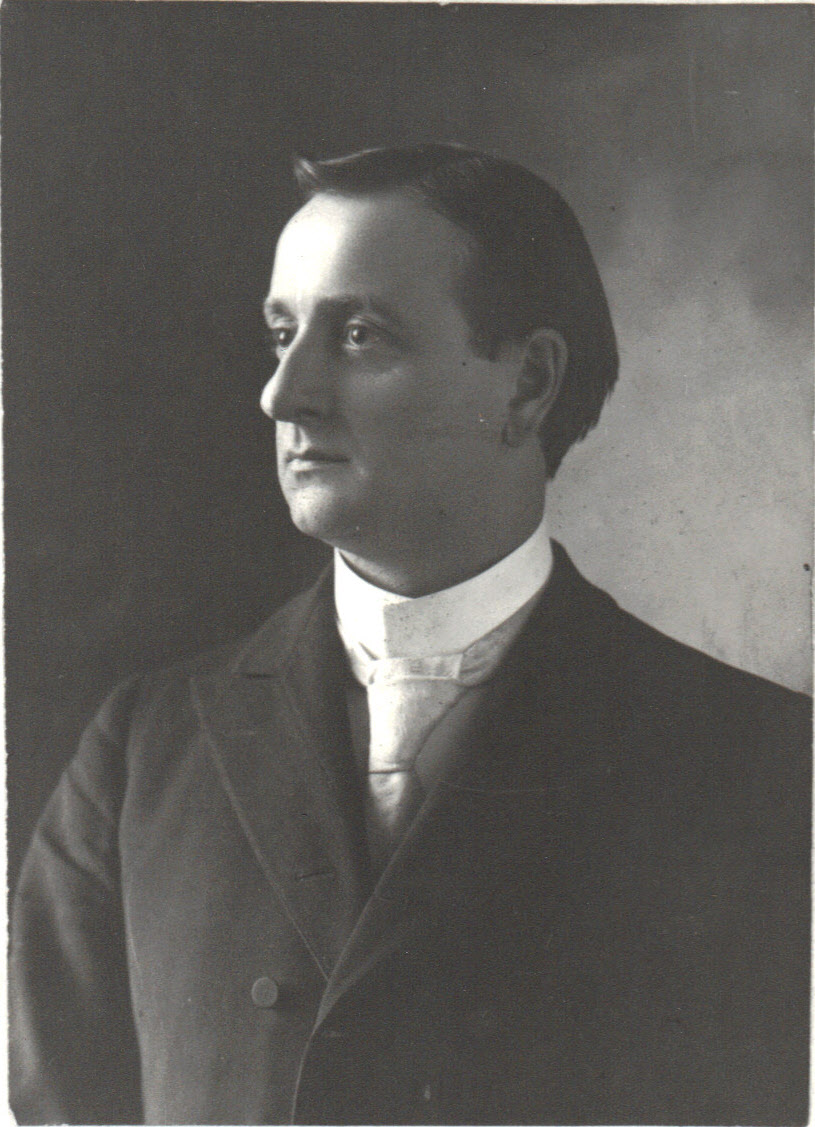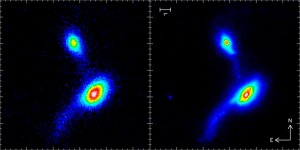 My grandfather was interested in the Faust legend and I inherited the interest, though for the life of me I don’t know why it’s interesting and he died before I could ask him. Whatever it is, it has to do with trading your soul for certain bad kinds of knowledge, or with excessive curiosity leading to nothing good. As legends go, Faust is not ancient – it first showed up in the 16th century – but it is persistent. One of its modern incarnations is scientists who work on weapons for the military. If this particular incarnation had interested my grandfather — and it probably would have — I would have argued with him. My argument would have been, it’s not as simple as bad and good.
My grandfather was interested in the Faust legend and I inherited the interest, though for the life of me I don’t know why it’s interesting and he died before I could ask him. Whatever it is, it has to do with trading your soul for certain bad kinds of knowledge, or with excessive curiosity leading to nothing good. As legends go, Faust is not ancient – it first showed up in the 16th century – but it is persistent. One of its modern incarnations is scientists who work on weapons for the military. If this particular incarnation had interested my grandfather — and it probably would have — I would have argued with him. My argument would have been, it’s not as simple as bad and good.
In 1983, a young Harvard/Princeton graduate named Claire Max joined Jason, a group of hot-shot, top-secret scientists who give the government advice on national security. Max was an astronomer who worked at the Lawrence Livermore National Laboratory which is notable for its lasers, so one of the first Jason studies she worked on was an extremely classified technology called adaptive optics with a laser guide star.
The idea was this: the military wanted to look at and shoot down enemy satellites and missiles, but the atmosphere got in the way. The atmosphere flows and, like a river or a heat wave, it distorts the image of anything seen through it. Seen through the atmosphere, a satellite is not a pure bright dot; it’s a jittering, twinkling amoeba.
So the military thought they’d use a technology called adaptive optics: build a flexible mirror that would deform into a shape that was equal but exactly opposite to the distortion in the incoming image, and the satellite will look the way it should.
To figure out the image’s distortion, the military had the idea of using a laser like a flashlight to shine a bright dot – an artificial star, called a laser guide star — in the sky, on top of the image of the satellite. Then they would calculate the distortion in the image of this guide star, correct the mirror accordingly, filter out the laser light, and look at the satellite. It sounded too heroic to work, but after years of working on it, it did.
Max and the Jasons probably helped figure out the technology’s gory physics. All along, Max had known that astronomers had the same trouble with the atmosphere; and she knew that astronomers had proposed adaptive optics in the first place and that French astronomers had recently proposed a laser guide star. She also knew that the technology the military was developing was so classified that astronomers were never going to hear about it. She thought that was a shame.
So about the time the first military prototypes worked, Max began lobbying to declassify adaptive optics and the laser guide star. She wasn’t alone – other Jasons and some military scientists did the same – but everybody agreed she was the hero. You can picture her if you like, a smallish woman with tight curls and bright eyes, in a secure and impervious windowless room, backing generals into corners.
The declassification effort went up and down the military hierarchy for the next two years, and Max got impatient on behalf of astronomers. She thought to herself, “Oh, this is silly. Somebody’s got to do it. And I’m at Livermore where they do lasers.” So she and her colleagues built their own prototype, only astronomer-scale, small and cheap. In the path of one of the Livermore lasers, they put a mirror angled so that a laser light would hit it and bounce up into the sky. Then they set up a little telescope, protected it all with a big yellow tent with a fold-back flap; and proved that a laser guide star would work. “It was a real gas, this whole thing,” she says. Max has a photo of a glowing yellow tent against a black sky, and a laser shining straight up to God.

Finally, in 1992, adaptive optics and the laser guide star were declassified. Since then, Max has more or less sent her career off in that direction. She’s now at the University of California at Santa Cruz (UCSC), directing a center in adaptive optics. The technology has given telescopes on the ground abilities that compete with the Hubble Space Telescope. Astronomy websites show adaptive optics before-and-after pictures: blotches of light are sharpened into storms on Neptune; a few fuzzy blobs become hundreds of stars around a black hole; an out-of-focus asteroid turns out to be an asteroid and its tiny moon; they can even see planets around other stars.
Meanwhile the UCSC center, and a lot of other places, are using the technology in devices attached to microscopes that overcome natural distortions in the eye to make images of a living human retina so they can diagnose and treat retinal disease. Lately the technology has been used to see into the brains of living mice to watch their neurons talking to each other.
The military’s scary phrase for this sort of technology is “dual use,” meaning both military and civilian, or if you’re a Faustian, bad and good. But exactly how are these Faustian lines between good and bad drawn? Is military technology always bad? Some surely is, but obviously not all. Is the military always bad? Max doesn’t think so; I don’t like the military but I think having one is not negotiable.
In any case, I think we should hang up Faust: he’s too easy, too much a legend, too useless in the real world. But my grandfather was a high-minded and realistic man who got off the farm for a reason, who became a preacher and a professor, who would have no truck with easy or useless legends. So I’m arguing with him; but I still don’t know what he saw in Faust and I still wish I knew.
___________
Parts of this post come from my book, The Jasons.
Credits: Thomas Finkbeiner – photographer unknown, date unknown; ESO’s laser guide star – G. Hüdepohl/ESO; laser guide star at the Observatorio del Roque de los Muchachos – _pop-eye; interacting galaxies – ESO
Faust would have enjoyed this article. However, I’m not so sure about watching mice neurons talking to each other.
Tell me, why would Faust have enjoyed it? He’s getting smacked.
After thinking about this for some time (incidentally I have never been interested in Faust, because he reminds me too much of Don Giovanni), I think Grandpa may have been interested in Faust because they had things in common. Certainly Grandpa believed in God and good, and he also married a beautiful and interesting woman, so he knew what that attraction was like.
You mention Faust’s excessive curiosity. That’s why he would have liked this article (I think) and so would Grandpa.